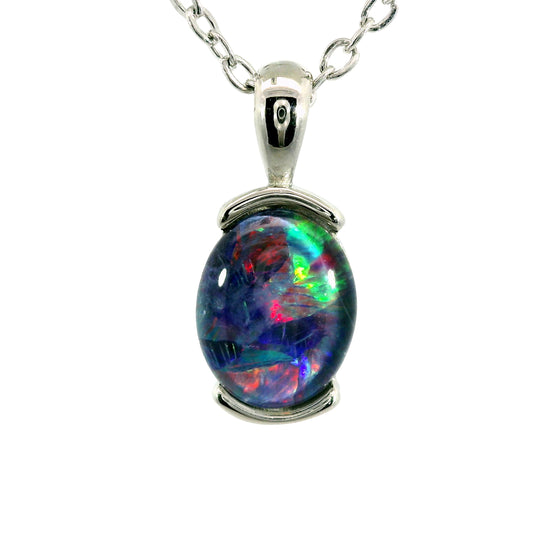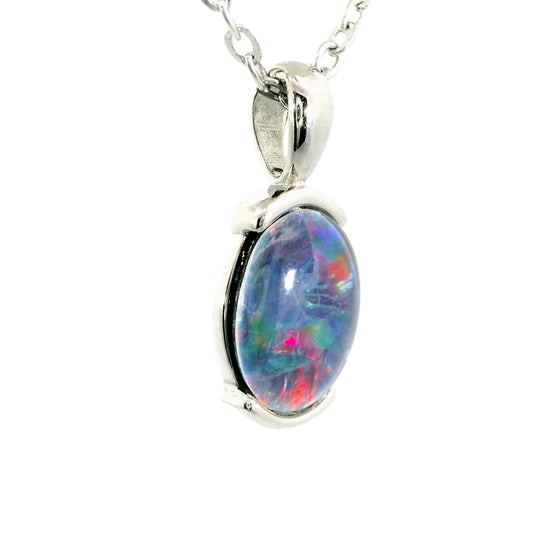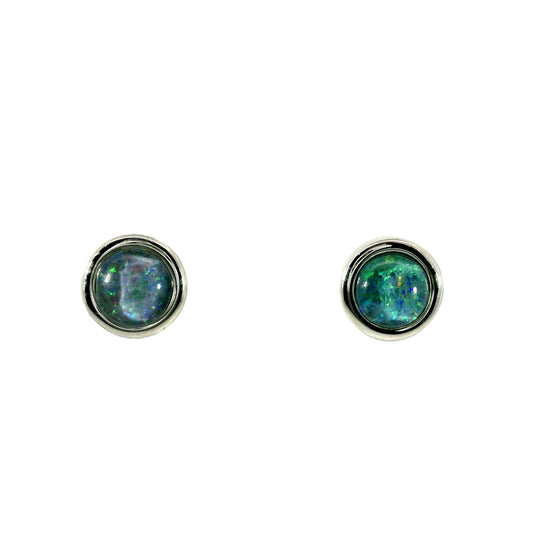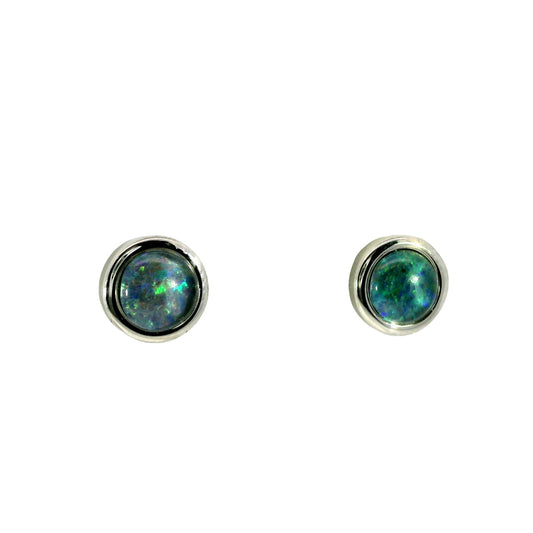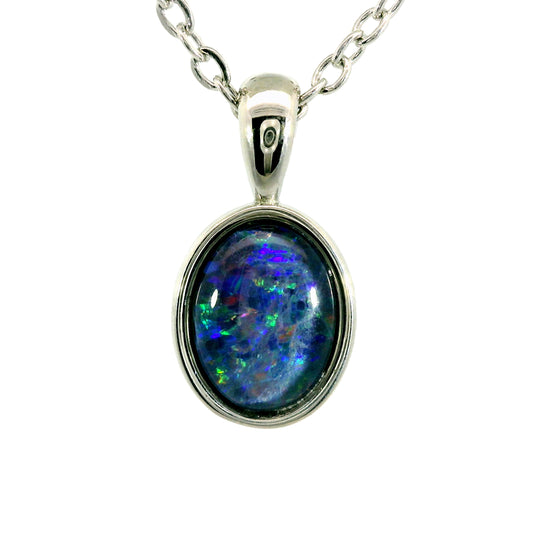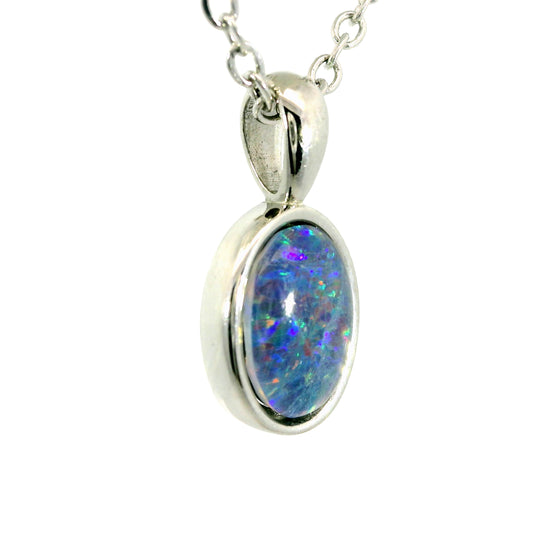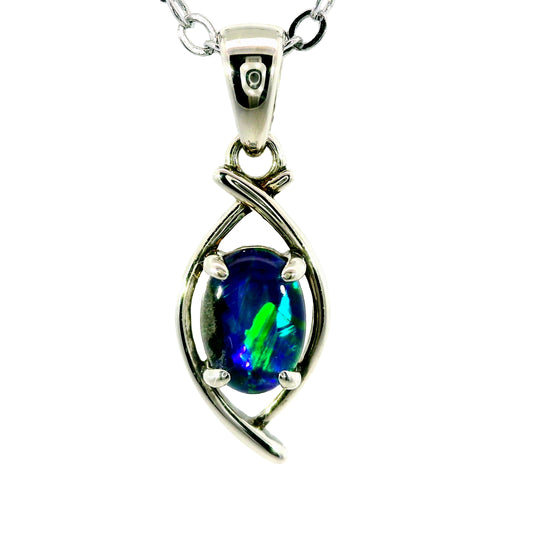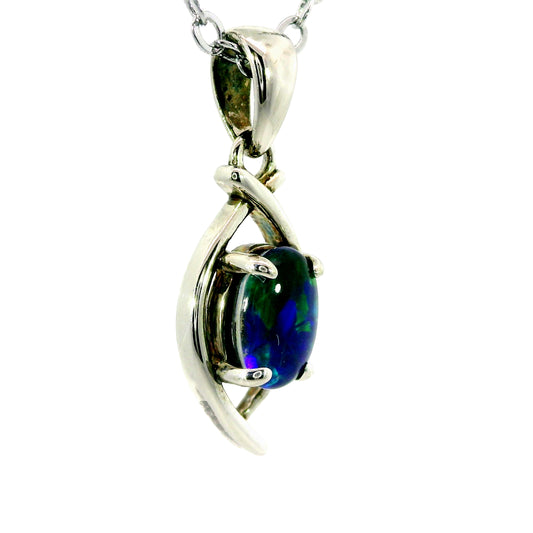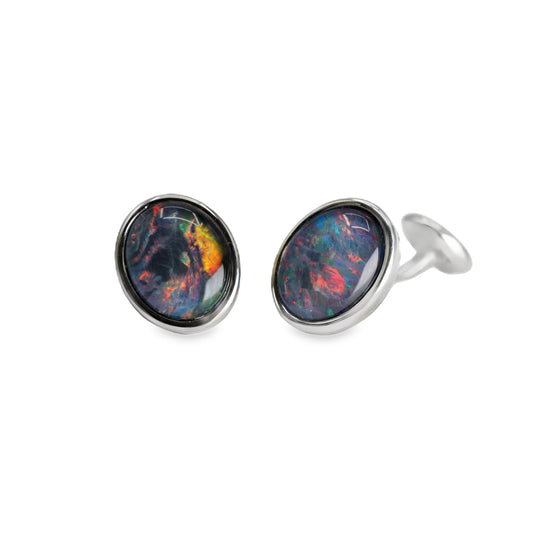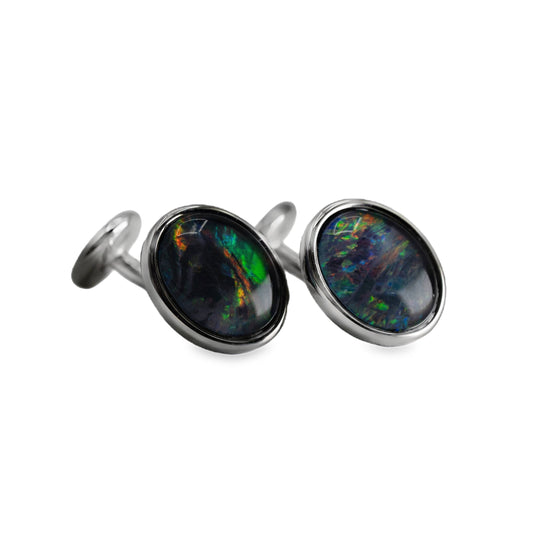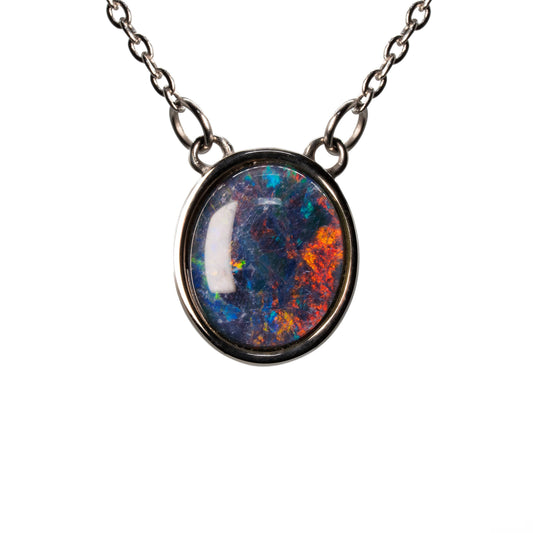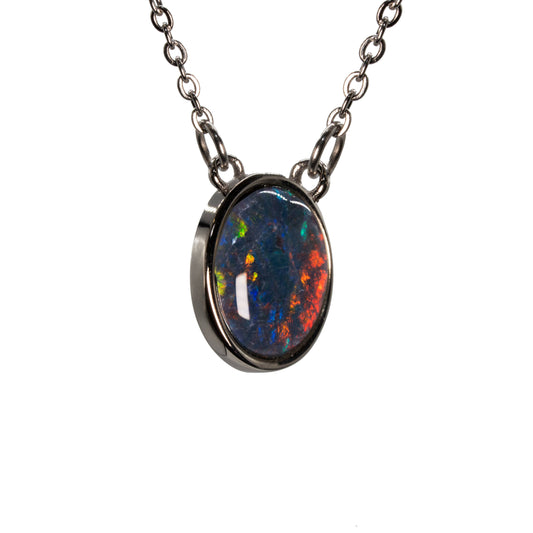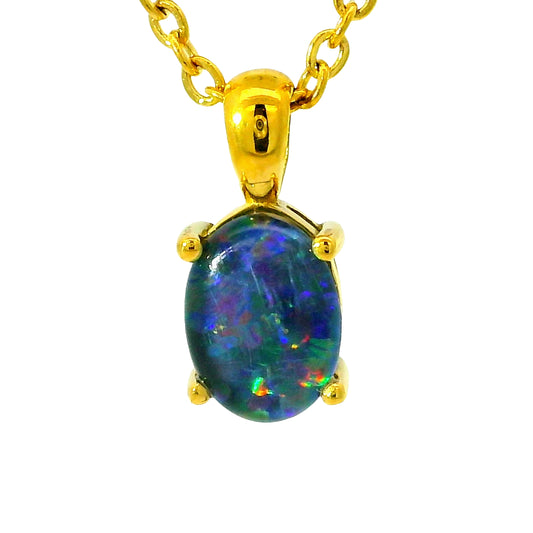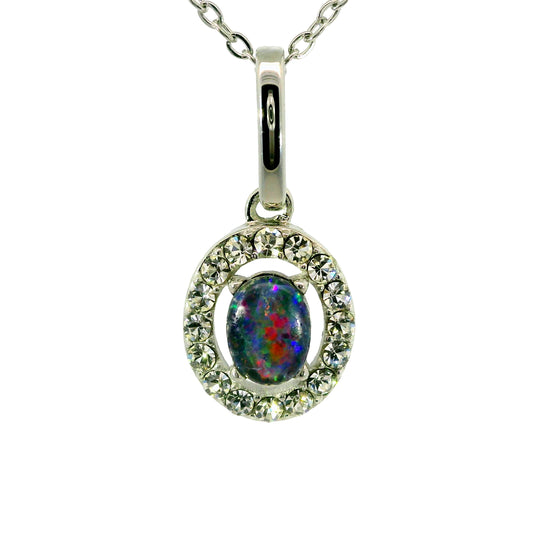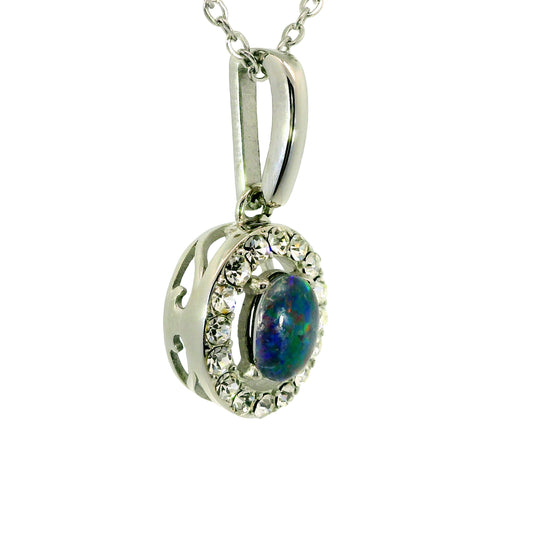The Art of Matching Opals
 At some point in your life, you have either heard of or encountered a matching set of jewellery. As a concept, it is simple: two earrings and a pendant lying gracefully, worn with pride as a matching set or as individual items. They remain a timeless classic in the realm of gifts, perfect for any occasion, from holidays and anniversaries to simple expressions like 'I love you' and 'just because'.
At some point in your life, you have either heard of or encountered a matching set of jewellery. As a concept, it is simple: two earrings and a pendant lying gracefully, worn with pride as a matching set or as individual items. They remain a timeless classic in the realm of gifts, perfect for any occasion, from holidays and anniversaries to simple expressions like 'I love you' and 'just because'.
However, the process of creating the 'perfect match' is scarcely considered (except, of course, by a select few who themselves are aware of the process). There appears to be a disconnect between the final set of matching jewellery and the process of its creation. The complexities of what happens 'behind the scenes' are, although crucial to the creation of jewellery, something that remains hidden.
Finding matching opals with the same quality, colour, surface finish, and shape is a challenging task, as it is the very nature (down to the literal science of their creation) of opal to be wholly unique and irreplicable. A well-matched pair won't have sudden changes in colour, size variations, or poor surface quality. Deviations, such as different-coloured opals or opals of varying quality, are not acceptable.
 Jewellers utilise several specific techniques to achieve a perfect match of opals in earrings and pendants. They ensure each opal is the proper shape, well-matched in colour, and free from blemishes. Large, perfectly cut opals that meet all these requirements are rare, and finding them often requires sorting through countless stones. One primary method is visual inspection under controlled lighting conditions, allowing jewellers to assess the colour play and surface quality of each opal. Colour grading systems are used to quantify aspects such as hue, tone, and saturation. Advanced technology, such as spectrophotometers, can help determine the light absorption and reflection characteristics of the stones. Furthermore, jewellers often create a 'master set' of matched opals, serving as a reference to compare new pieces against for consistency in appearance.
Jewellers utilise several specific techniques to achieve a perfect match of opals in earrings and pendants. They ensure each opal is the proper shape, well-matched in colour, and free from blemishes. Large, perfectly cut opals that meet all these requirements are rare, and finding them often requires sorting through countless stones. One primary method is visual inspection under controlled lighting conditions, allowing jewellers to assess the colour play and surface quality of each opal. Colour grading systems are used to quantify aspects such as hue, tone, and saturation. Advanced technology, such as spectrophotometers, can help determine the light absorption and reflection characteristics of the stones. Furthermore, jewellers often create a 'master set' of matched opals, serving as a reference to compare new pieces against for consistency in appearance.
Finding opals that match perfectly from existing stock is nearly impossible. To achieve a seamless match, a jeweller must purchase opals in far greater quantities than needed. This is often beyond the means of most jewellers and typically requires the resources and turnover of large opal dealers.
Large opal dealers source high-quality opals through a combination of direct mining and partnerships with miners. They typically have established relationships that allow them to acquire the best stones before they reach the general market. Additionally, these dealers attend gem expos and trade shows to network and gain access to a broader selection of opals. Their capacity to purchase in bulk often means they can choose higher-quality stones, sorting through thousands to find those that meet their stringent matching criteria
 Matching sets, which require extensive time and effort to assemble, often carry a premium due to the labour-intensive process involved. Other considerations include the reputation of the jeweller or dealer, market demand for opals at the time, and the overall craftsmanship of the final product. All these elements contribute to setting a fair price for what is ultimately a unique and finely curated collection of opal jewellery.
Matching sets, which require extensive time and effort to assemble, often carry a premium due to the labour-intensive process involved. Other considerations include the reputation of the jeweller or dealer, market demand for opals at the time, and the overall craftsmanship of the final product. All these elements contribute to setting a fair price for what is ultimately a unique and finely curated collection of opal jewellery.
Ultimately, a matching opal jewellery set represents far more than coordinated design. It is the result of countless hours of patience, craftsmanship, and expertise. Behind every pendant and pair of earrings lies the careful eye of a jeweller who has sorted, studied, and selected from hundreds of stones to achieve harmony in colour and brilliance. This invisible labour transforms raw nature into wearable art. When you wear a matching opal set, you are not just wearing a beautiful piece of jewellery; you are carrying the story of Australia’s most unique gemstone that holds within it an irreplaceable expression of light, rarity, and human artistry.












































































































